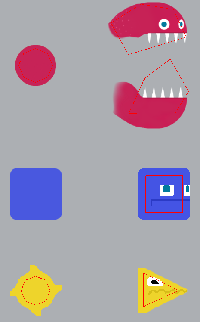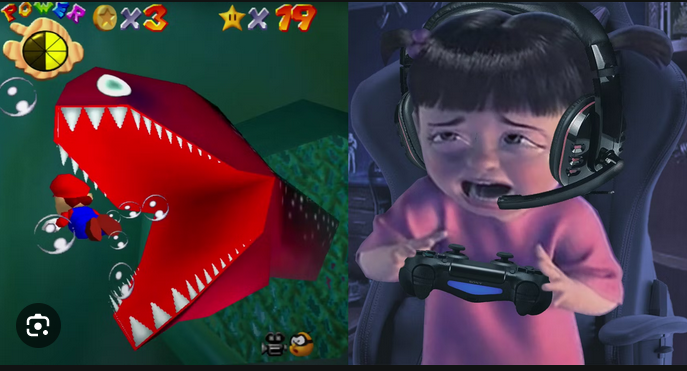This game is well made. The gameplay is simple but a lot of fun, and it controls well, too.
One thing I'd suggest is adding some electric particles to the yellow eel, as it wasn't quite obvious to me that it would shock me and slow me down.
Otherwise, this is a solid entry. Nice job.




